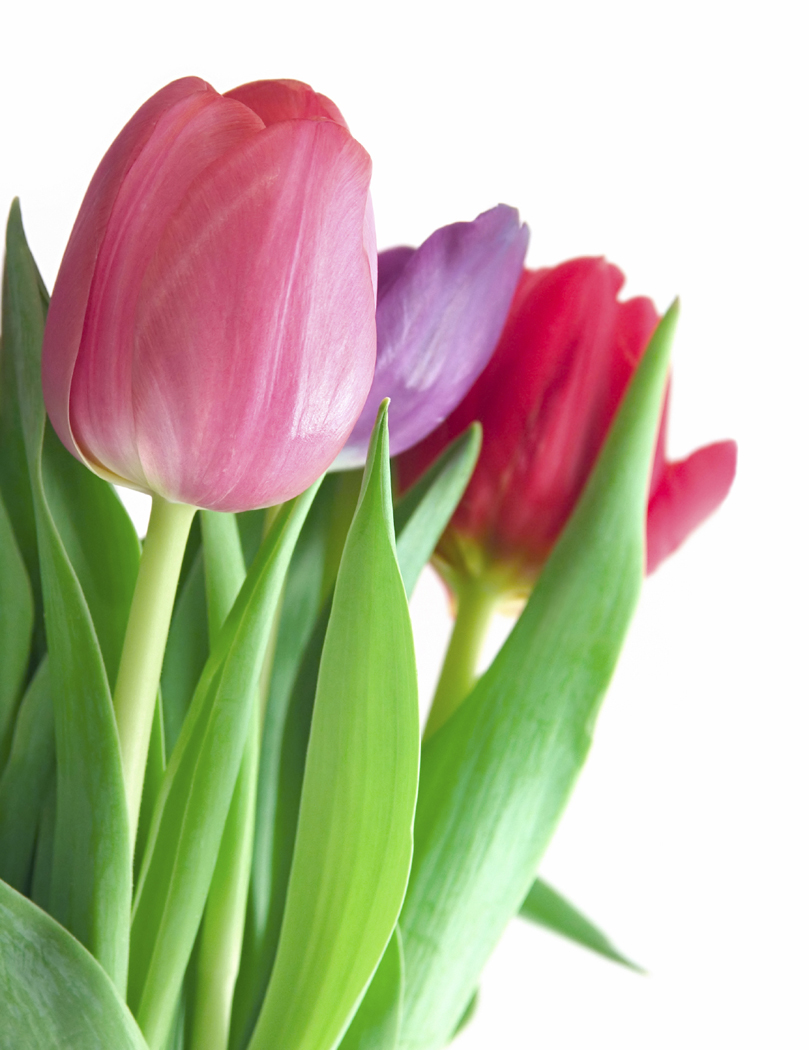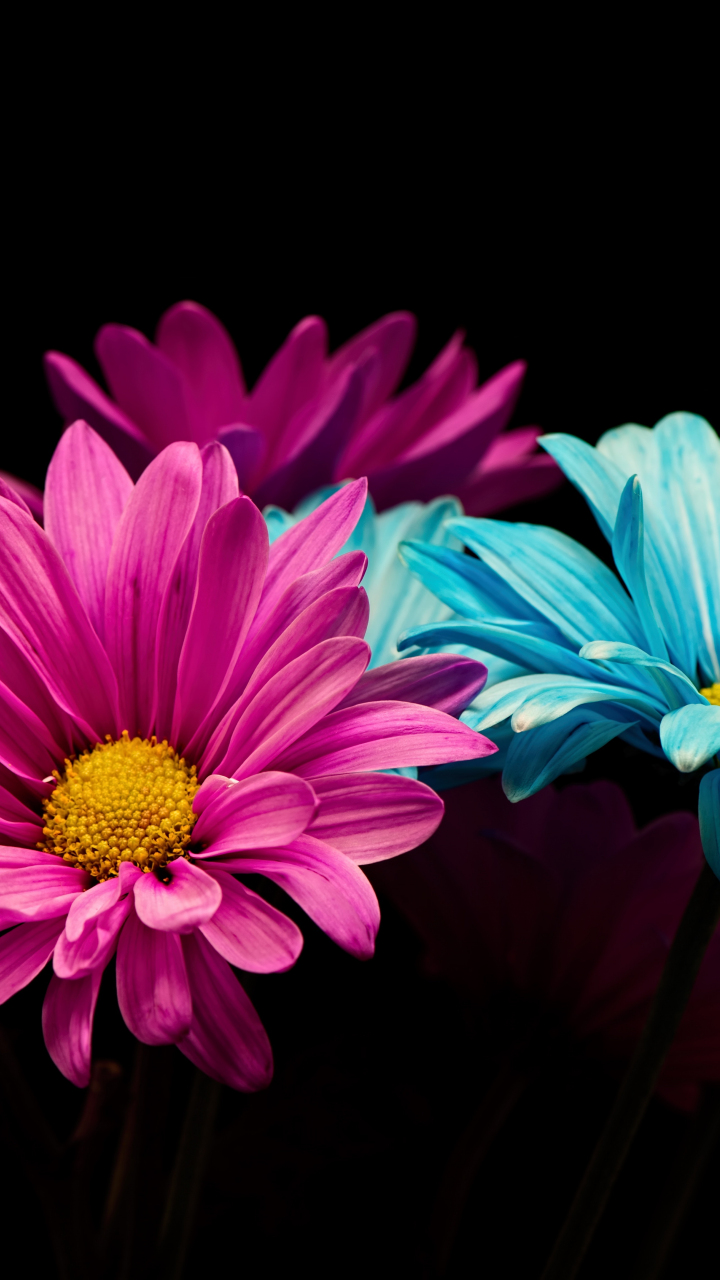
TOP 10 BEAUTIFUL THINGS TO LOOK AT
Why You Stare at Beautiful Things. We know it when we see it, right? Beauty. It’s in the eye of the beholder. A thing of beauty is a joy forever. Those and thousands of other phrases claim to explain what beauty is, many of them superficial and contradictory. -https://www.psychologytoday.com/us/blog/creating-in-flow/201406/why-you-stare-beautiful-things ➽ Sunsets
When the sun sets and it starts to get dark, you usually get this beautiful color of red, vibrant orange, pink and blues in the sky with the sun coming down. Simply just wonderful.
Sunset (or sundown) is the disappearance of the Sun below the horizon of the Earth (or any other astronomical object in the Solar System) due to its rotation. As viewed from everywhere on Earth, it is a phenomenon that happens approximately once every 24 hours except in areas close to the poles. The equinox Sun sets due west at the moment of both the spring and autumn equinoxes. As viewed from the Northern Hemisphere, the Sun sets to the northwest (or not at all) in the spring and summer, and to the southwest in the autumn and winter; these seasons are reversed for the Southern Hemisphere. https://en.wikipedia.org/wiki/Sunset ➽ Aurora Borealis


I visited Alaska a few years back and will never forget seeing the borealis in the sky one night. It’s still fresh in my mind and can’t help but make me tear up a bit.
This might be the most beautiful thing one can see in this world. And not many people get to see an aurora in their lifetime.
Simply just beautiful. I adore the amazing colour of aurora’s. They look incredibly wonderful in the Arctic as well.
An aurora[a] (pl: aurorae or auroras),[b] also commonly known as the northern lights (aurora borealis) or southern lights (aurora australis),[c] is a natural light display in Earth's sky, predominantly seen in high-latitude regions (around the Arctic and Antarctic). Auroras display dynamic patterns of brilliant lights that appear as curtains, rays, spirals, or dynamic flickers covering the entire sky. https://en.wikipedia.org/wiki/Aurora➽ Stars
Stars are like jewels in the night sky. Crazy thing is that the light given off from these stars could hundreds or even thousands of years old.
The stars at night go so well together with the moon and the night sky. Shooting stars look pretty and incredible as well.
A star is an astronomical object comprising a luminous spheroid of plasma held together by self-gravity. The nearest star to Earth is the Sun. Many other stars are visible to the naked eye at night; their immense distances from Earth make them appear as fixed points of light. The most prominent stars have been categorised into constellations and asterisms, and many of the brightest stars have proper names. Astronomers have assembled star catalogues that identify the known stars and provide standardized stellar designations. The observable universe contains an estimated 1022 to 1024 stars. Only about 4,000 of these stars are visible to the naked eye—all within the Milky Way galaxy. - https://en.wikipedia.org/wiki/Star
➽ Full Moon at Night
Now remember when a full Moon happens, it’s instantaneous, as it’s the moment it’s at its opposite-most position from the sun & if you blink your eye during it, you’ll miss it. You only see it near full for a while.
Full moon gives us the light in the night sky. When sun is absent, it’s light will go to the moon and give us lights to us. However, it only occurs in a month.
The full moon is the lunar phase when the Moon appears fully illuminated from Earth's perspective. This occurs when Earth is located between the Sun and the Moon (when the ecliptic longitudes of the Sun and Moon differ by 180°).[3] This means that the lunar hemisphere facing Earth—the near side—is completely sunlit and appears as an approximately circular disk. The full moon occurs roughly once a month. - https://en.wikipedia.org/wiki/Full_moon➽ Snow
Snow comprises individual ice crystals that grow while suspended in the atmosphere—usually within clouds—and then fall, accumulating on the ground where they undergo further changes.[2] It consists of frozen crystalline water throughout its life cycle, starting when, under suitable conditions, the ice crystals form in the atmosphere, increase to millimeter size, precipitate and accumulate on surfaces, then metamorphose in place, and ultimately melt, slide or sublimate away. - https://en.wikipedia.org/wiki/Snow
➽ Fireworks
Watching fireworks at night time in November is one of the most fun things you can do in real life. It looks very pretty, colourful and fun.
It’s the best thing about New Years Eve!
Fireworks are a class of low explosive pyrotechnic devices used for aesthetic and entertainment purposes. They are most commonly used in fireworks displays (also called a fireworks show or pyrotechnics), combining a large number of devices in an outdoor setting. - https://en.wikipedia.org/wiki/Fireworks ➽ Beaches
A beach is a landform alongside a body of water which consists of loose particles. The particles composing a beach are typically made from rock, such as sand, gravel, shingle, pebbles, etc., or biological sources, such as mollusc shells or coralline algae. Sediments settle in different densities and structures, depending on the local wave action and weather, creating different textures, colors and gradients or layers of material. - https://en.wikipedia.org/wiki/Beach➽ Flowers
Flowers looks good and attractive. Flowers have several colors such a blue, purple, red, pink, white, yellow and other due to the pigment. So good to see especially in the morning sky.
Nothing adds as much beauty to a landscape as gorgeous flowers!
A flower, sometimes known as a bloom or blossom, is the reproductive structure found in flowering plants (plants of the division Angiospermae). Flowers produce gametophytes, which in flowering plants consist of a few haploid cells which produce gametes. The "male" gametophyte, which produces non-motile sperm, is enclosed within pollen grains; the "female" gametophyte is contained within the ovule. When pollen from the anther of a flower is deposited on the stigma, this is called pollination. Some flowers may self-pollinate, producing seed using pollen from the same flower or a different flower of the same plant, but others have mechanisms to prevent self-pollination and rely on cross-pollination, when pollen is transferred from the anther of one flower to the stigma of another flower on a different individual of the same species. - https://en.wikipedia.org/wiki/Flower
Tulips
Daisy

➽ Sunrises
Dawn is the most peaceful time of day. Has the same colors as the sunset but with prettier reds, oranges, and yellows as the sky goes from black, to indigo, to violet, to blue. The birds start to chirp, Roosters crow, and the only humans that are up are morning people.
I feel like seeing a sunrise in the morning (provided I wake up early that is) gives me a little boost to my moral and helps me start the day on the right foot.
Almost as pretty as sunsets. Except you have to get up quick to see it.
Sunrise (or sunup) is the moment when the upper rim of the Sun appears on the horizon in the morning.[1] The term can also refer to the entire process of the solar disk crossing the horizon.- https://en.wikipedia.org/wiki/Sunrise➽ Rainbows
Rainbows are beautiful and nice to look at; can’t help but like the different pastel colours of them. After a rainy day, looking at a rainbow is a sign of good luck.
Rainbows are beautiful spectrum in the sky. Appears after rain due to the crystals present in clouds and the sunlight divides into 7 colors.
They are light refracted by water vapor & sunlight & symbolize beauty & God’s creation & love.
A rainbow is an optical phenomenon that can occur under certain meteorological conditions. It is caused by refraction, internal reflection and dispersion of light in water droplets resulting in a continuous spectrum of light appearing in the sky.[1] The rainbow takes the form of a multicolored circular arc.[2] Rainbows caused by sunlight always appear in the section of sky directly opposite the Sun. - https://en.wikipedia.org/wiki/Rainbow 

